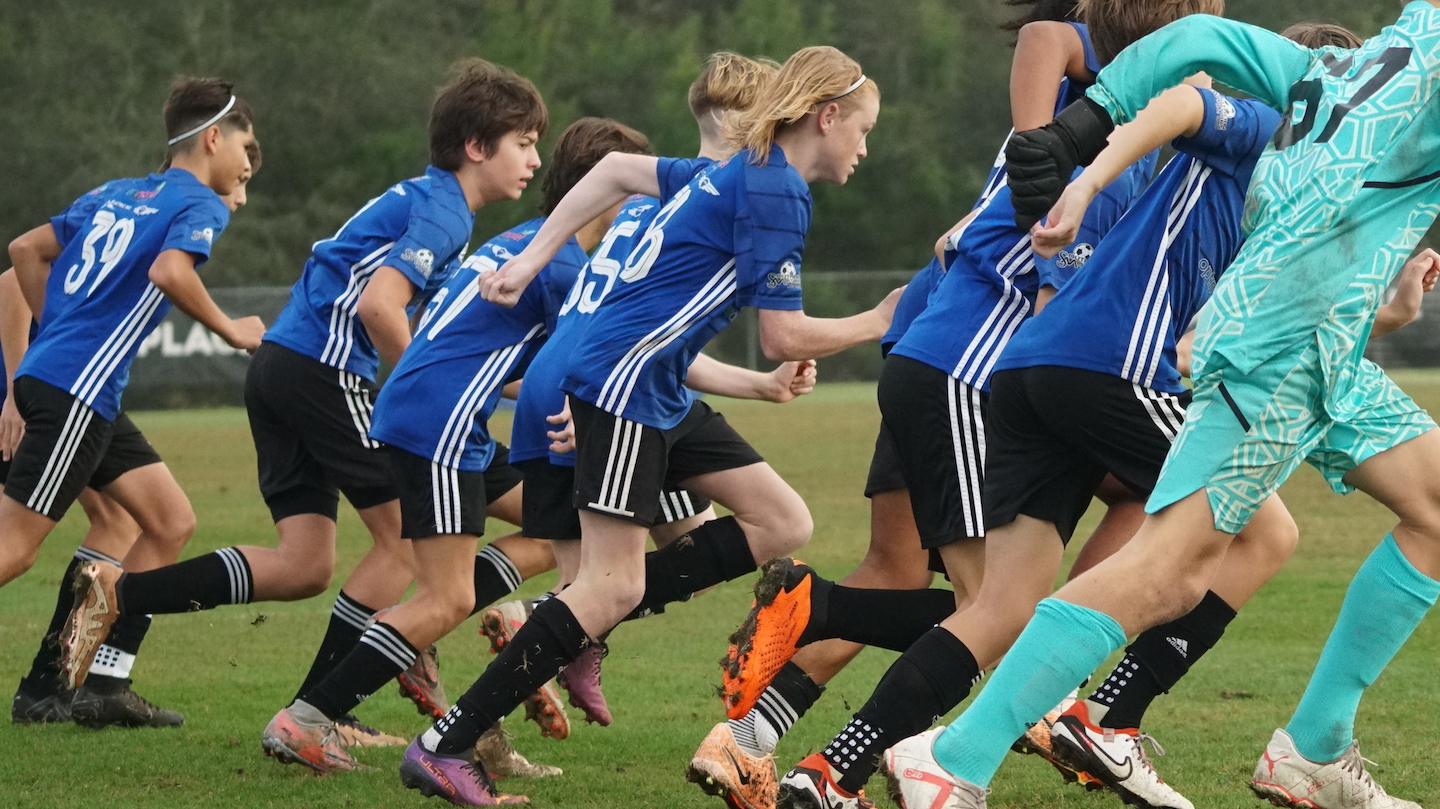When it comes to keeping youth soccer players interested and enjoying the game throughout their childhood, the news isn’t promising.
In a new study conducted by Sprocket Sports, new data shows that players are leaving the game at an increasing rate as they continue to grow older. The data for the study was collected from Sprocket’s proprietary information via their player registration database. The data was pulled from medium and large clubs that have over 500 players. MLS Next teams were not included in the study as they do not follow the conventional standards of player registration (some teams have player registration fees, while others do not). It should be noted that clubs who have MLS Next teams did have their non-MLS Next teams included in the study.
The study was broken into four data groups: Boys U8-U13, Girls U8-U13, Boys U14-U17, and Girls U14-U17. Data for each club was pulled over a two year period with retention rates being determined by the number of players that return for their second year (new players joining for the second season were not included in the the data groups). In each data groups, benchmarks were established based off of the average retention percentage rates in each age.
For Boys U8-U13, only three of the six ages were able to meet the benchmark of 78% (U9-83%, U11-80%, and U10-79%). Boys U8 (76%), U12 (76%), and U13 (73%) all failed to meet the average rate of retention. The Girls U8-U13 ages also struggled to meet their benchmark of 74%. While Girls U9 (78%) and U10 (81%) both exceeded the average, their U8 (71%), U11 (72%), U12 (70%), and U13 (73%) all fell short.
There were also precipitous drops in the older data groups as well. In the Girls group, the U14 (78%) and U15 (69%) ages were both above the benchmark of 66%. But there was a strong drop in the retention rate with U16 (63%) and U17 (52%) falling below the average. The boys fared a bit better with U14 (67%), U15 (66%), and U16 (63%) all sitting above the benchmark of 62%. But there is another major drop-off at U17, with just 52% of players returning for their second year.
As the study notes, there are some reasons outside of the club’s control as to why players may not return year-to-year. Especially in the older age groups as players enter their high school years and have more interests off of the pitch, there is a natural drop-off in players wanting to go through the grind of youth soccer. But the drop-off in the younger age groups should alarm clubs and organizations.
Although player retention seems to be an issue across all of youth sports, soccer is the one that is hit the hardest. In a study conducted by the Sport and Fitness Industry Association, it was found that between the years of 2008 and 2022 youth soccer has seen a decline in participation between the ages of 6-12 (down to 8% from 10.4%) and 13-17 (7.1% from 7.9%).
The negative results of both studies are pertinent for multiple reasons. For children, leaving youth sports can lead to diminished amounts of physical exercises and long-term health risks. Players leaving can also affect the general development of the team and the other children on a personal level. There are also financial considerations for the team and the club at large. Losing players forces teams and clubs as a whole to reorganize and if enough players do leave it can mean that the team either folds or is merged with another team. As the Sprocket Sports study mentions, “If you lose a kid at 6, that means that you’re missing out on a potential 12 year customer.” As a whole, players leaving the game at younger ages, has a detrimental effect on the greater game and society, as a whole.
As to how clubs and leaders can help curb this trend, the study provides multiple examples of ways in which they can keep players involved in the game. Working with coaches on creating a positive atmosphere and facilitating pick-up games are cited as two of the biggest ways in which clubs can make a difference. Clubs can also create more off-the field activities such as going to college or professional games or team get togethers that aren’t soccer-related as ways in which to improve player retention.








